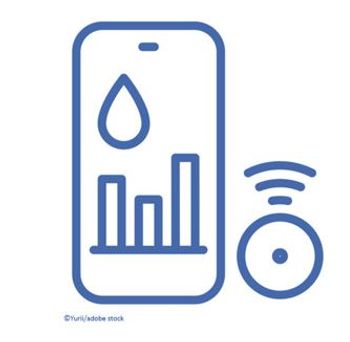
Severe Asthma: A 5-question POP Quiz
Severe asthma affects 5% to 10% of adults with asthma. Find out what you know about diagnosis and treatment options for these patients with 5 no-nonsense questions.
Severe asthma affects about 5% to 10% of adults who have asthma but is estimated to account for approximately 50% of the annual healthcare costs associated with the disease. Find out what you know about the severe asthma patient profile, inflammatory pathways, biologic agents used to treat severe asthma, and a few other important aspects of the disease in this short quiz.
Newsletter
Enhance your clinical practice with the Patient Care newsletter, offering the latest evidence-based guidelines, diagnostic insights, and treatment strategies for primary care physicians.

















































































































































































































































































